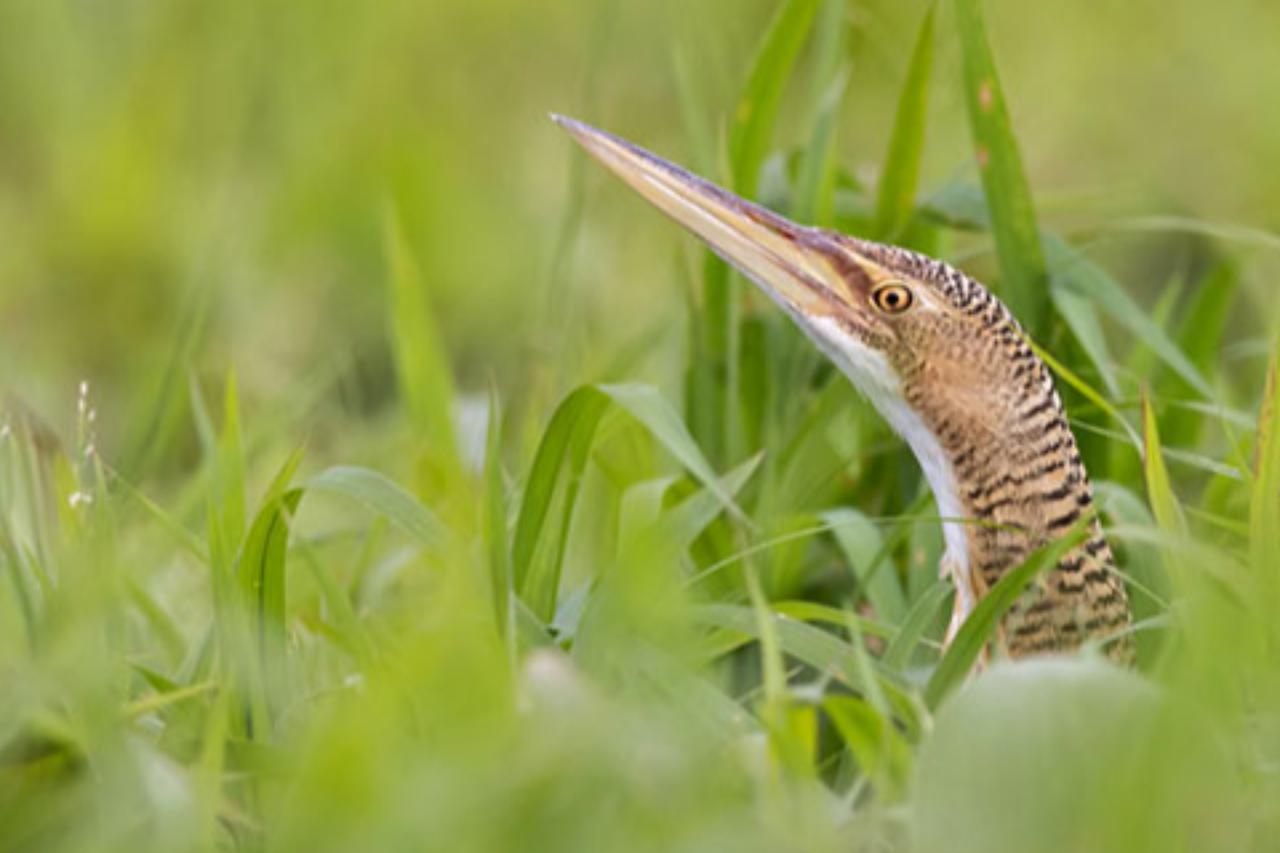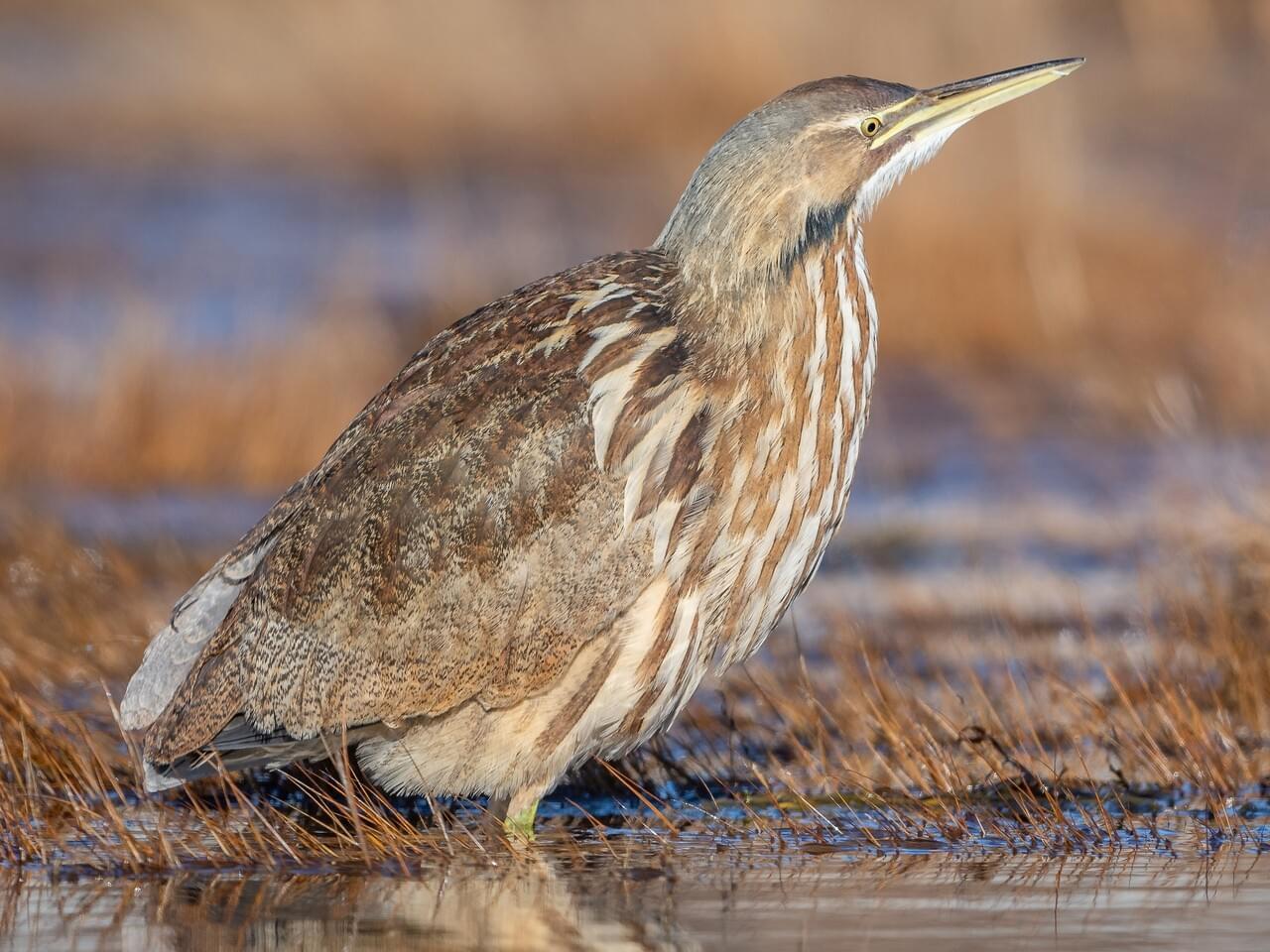
In Artvin, northeastern Türkiye, a critically endangered South American bittern (Botaurus pinnatus) was observed for the first time during its migration period.
The bird, part of the fish-eating waterbird family, was photographed by an amateur nature photographer, who is traveling in Artvin.
The sighting took place in the Borcka district, where the photographer noticed the bird in a small marsh while on a nature walk.
He was able to capture several images before the bittern quietly flew away, marking a rare and significant observation for the region.
The appearance of this rare species during its migration period thrilled local nature enthusiasts. The bittern stayed in the area only briefly before continuing its journey.
The South American bittern can grow up to 60 centimeters in length.
It is known for its secretive and solitary behavior. The bird feeds mainly on fish, amphibians, and small invertebrates. Its declining habitat and elusive nature have contributed to its status as critically endangered.
Typically found near marshes and lakes, the bittern spends most of the day hidden. Its quiet, unobtrusive behavior makes sightings extremely rare.
The bird’s camouflaged plumage allows it to blend seamlessly with its environment. Each observation provides valuable insight into the species’ habits.
On the other hand, American bitterns range from 25 to 30 inches in length, with a wingspan reaching up to 42 inches. The least bittern is less than half this size.
The larger species is called lentiginosus, Latin for “freckled.” Its plumage is actually streaked with brown, white, and buff, featuring a white throat and black stripes along the sides of the neck. This coloring helps the bird blend seamlessly into its surroundings. Its bill is long and pointed.

The South American bittern typically breeds in parts of South America and migrates seasonally.
Sightings outside its usual range, such as in northeastern Türkiye, are extremely rare.
This observation helps expand knowledge of the species’ migration routes.
The species’ population has been declining primarily due to wetland drainage, habitat destruction, and climate change.
Protecting wetlands in Türkiye and beyond is considered critical for the survival of this and other waterbird species.
Wetlands in northeastern Türkiye host a variety of rare and migratory bird species, making them critical for regional biodiversity.
Observations like this highlight the importance of conserving these ecosystems to maintain ecological balance.
Each sighting provides valuable data for ornithologists studying migration patterns and species behavior. Observations in unexpected regions offer new insights into how these birds adapt to different environments, contributing to global conservation knowledge.